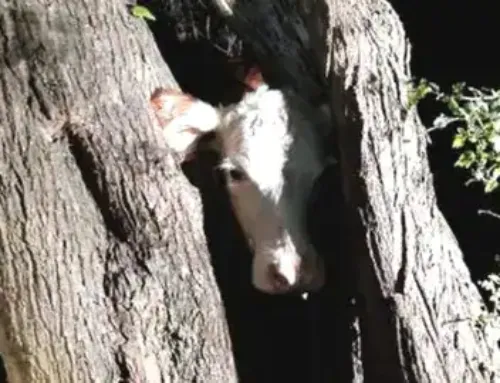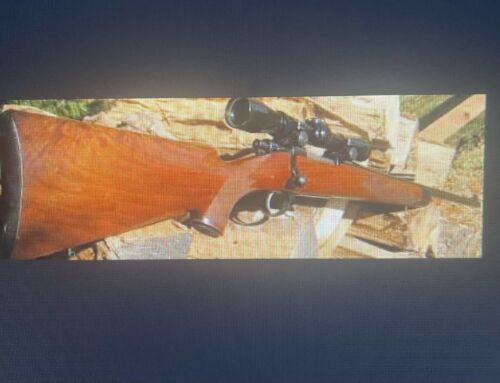 My favorite science blog, Deer Forest Study, posted on the ideal habitat for whitetails, and from that post here are important things you need to know about deer food and cover.
My favorite science blog, Deer Forest Study, posted on the ideal habitat for whitetails, and from that post here are important things you need to know about deer food and cover.
BEST DEER FOOD: Early successional forest (regenerating stands of woods less than 6-8 years old) provides 1,000-2,000 pounds per acre of woody browse, forbs and soft mast. This type woods habitat can support about 60 deer/square mile during the winter, far surpassing other forest age classes.
Do you hunt a woods like that? Is that where you find deer feeding?
Biologist Jeannine Fleegle points out that the list of food for deer is long and varied and includes browse, forbs, grasses, mast, fungi, algae and even mosses. It is no secret that acorns are a favorite on the list. If they are available, (acorns) dominate their diet in fall and winter. Deer ate about 1.5 pounds of acorns daily per hundred pounds of body weight in a feeding experiment. Deer can sustain a maximum of 30% weight loss during winter. More than that and they die of malnutrition…. It’s easy to see why (acorns) are so important.
BEST DEER COVER: Jeannine says, “Everybody needs a safe, comfortable place to sleep, even deer!” Deer use cover for protection from predators and temperature. Security cover is vegetation thick enough to hide 90% of a deer from observation at a distance of 200 feet or less. That’s pretty thick. Saplings and shrubs can do the job very well.
Remember that. Is that thicket 66 yards up ahead dense enough to hide 90% of a bedded or standing buck? Think like that when you sneaking toward a stand, or still-hunting.
BIG TAKEAWAY: The biologist notes the importance of how the food and cover are distributed in your hunting area. Deer, generally speaking, won’t use forage areas more than 600 feet (200 yards) from security cover.
I’ve been writing that and saying it on TV for years: The closer your stands on the downwind side of thick cover the better, BUT you have to be able to enter and leave those stands without busting and spooking deer. You CANNOT walk through or too close to thick cover when coming or going, ALWAYS skirt well away from it on the downwind side.






Cool blog post today Hanback. Never a bad time to talk about habitat. We get so caught up in food plots, that sometimes we forget about the natural habitat that can be manipulated to fit their (and our) needs as well. Some people cringe when people take out hardwoods in deciduous forests, but there are always benefits to thinning out the mature timber(s).